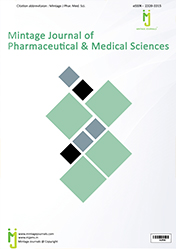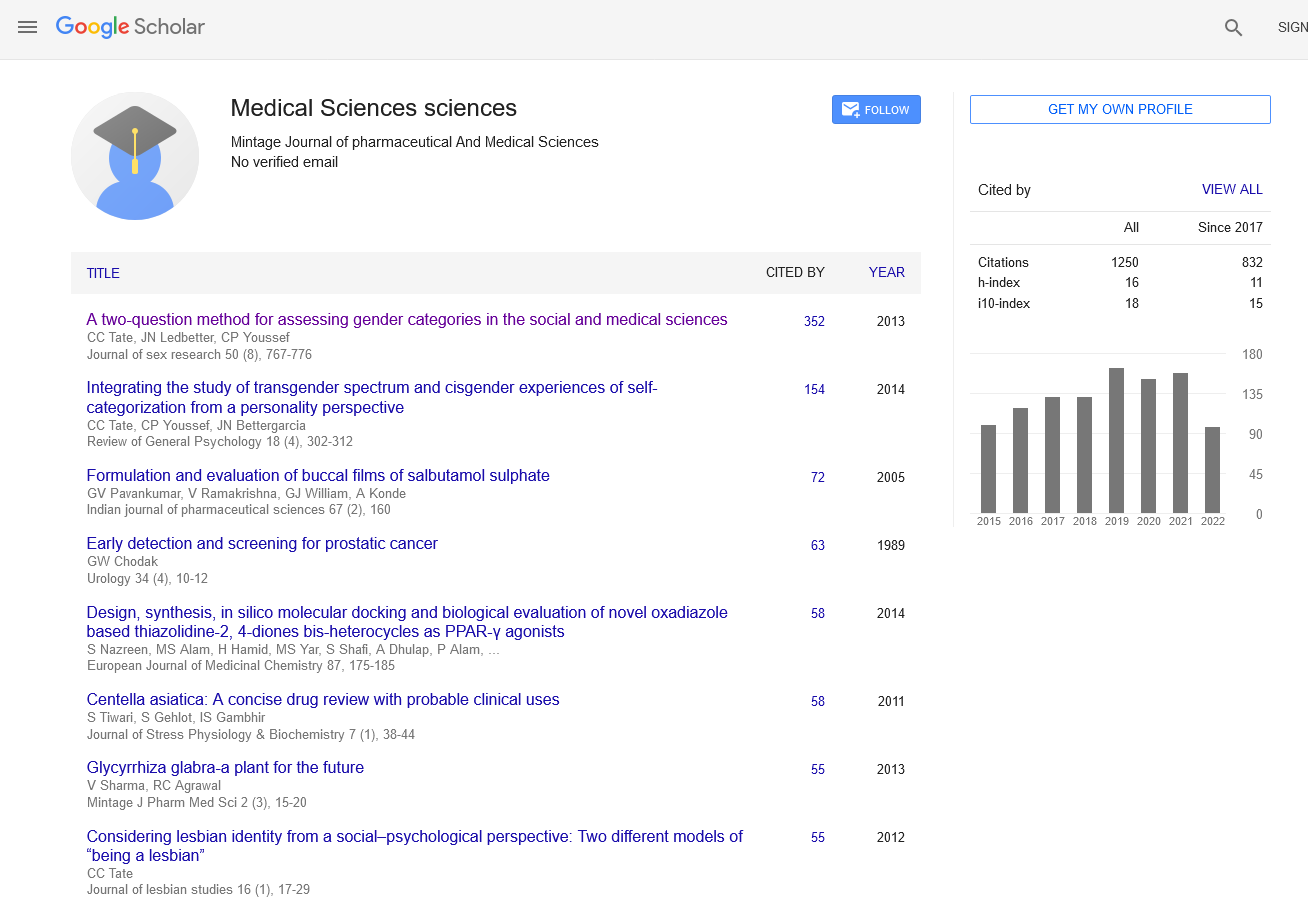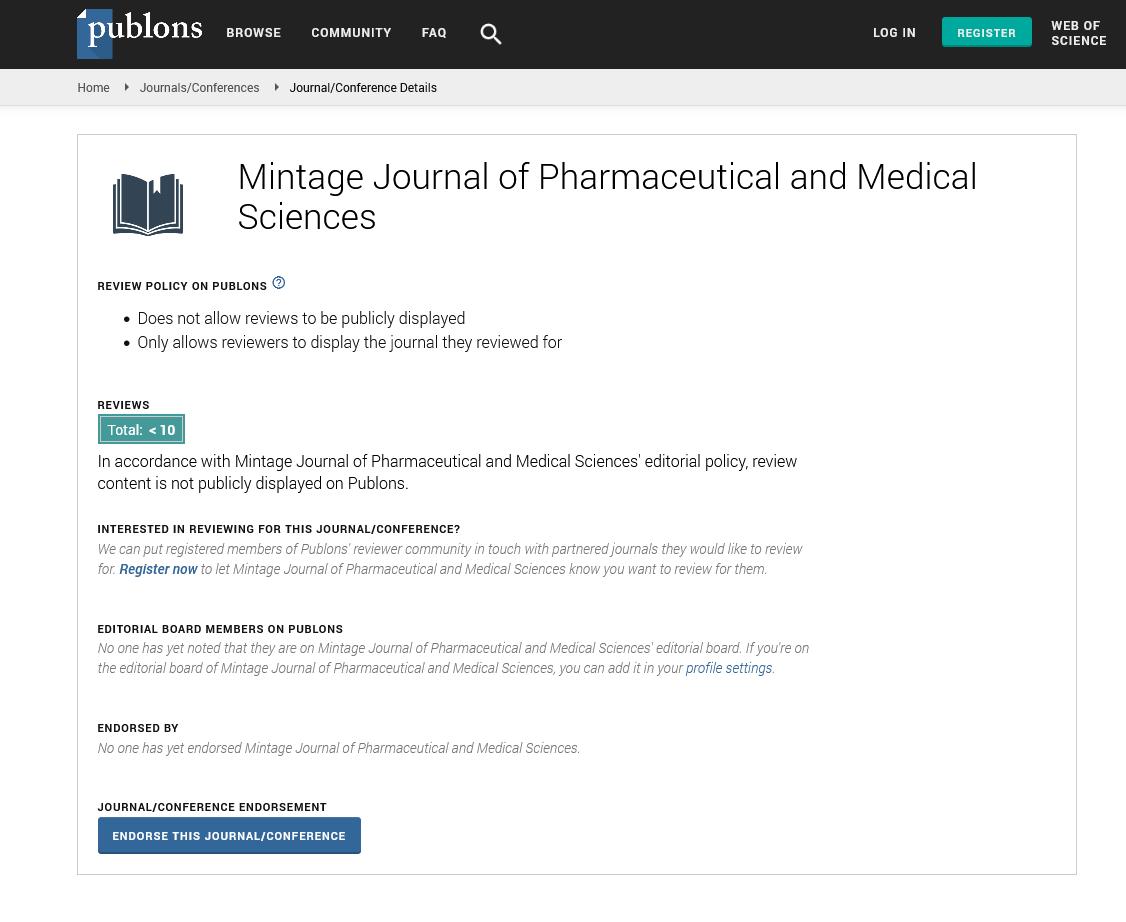CAFFEINE TOXICOLOGY: EXPLORING THE IMPACTS AND RISKS
Short Communication - (2024) Volume 13, Issue 1
Abstract
Introduction
Caffeine is one of the most widely consumed psychoactive substances in the world, found in various beverages like coffee, tea, and energy drinks. While many people enjoy its stimulating effects, caffeine also has a complex toxicology profile that warrants attention. Understanding its toxicological aspects is crucial for safe consumption and managing potential risks.
Description
Caffeine exerts its effects primarily by antagonizing adenosine receptors in the Central Nervous System (CNS). By doing so, it blocks the calming effects of adenosine, leading to increased alertness and reduced fatigue. However, this mechanism also underlies caffeine’s potential for toxicity, especially at high doses. Acute caffeine toxicity is often associated with excessive consumption or ingestion of concentrated forms like caffeine pills or powders. The lethal dose of caffeine varies widely among individuals but is generally considered to be around 10 grams for adults. Symptoms of acute caffeine toxicity can range from mild to severe and may include restlessness, tremors, rapid heartbeat (tachycardia), nausea, vomiting, and even seizures or cardiac arrhythmias in extreme cases. Prompt medical attention is crucial in such situations to prevent complications. Chronic caffeine toxicity, on the other hand, is related to long-term, excessive caffeine intake. While the threshold for chronic toxicity varies, regularly consuming more than 400mg-600mg of caffeine per day can lead to adverse effects. These effects may include sleep disturbances, nervousness, irritability, digestive issues like acid reflux, and in some cases, dependency or addiction. Caffeine’s toxicological effects extend beyond the CNS. It can also affect cardiovascular function by increasing blood pressure and heart rate, especially in sensitive individuals or at high doses. This cardiovascular stimulation, although usually mild, can be problematic for those with underlying heart conditions or hypertension. Another aspect of caffeine toxicity is its interaction with other substances. Caffeine can enhance the effects of certain medications like stimulants, antidepressants, and bronchodilators, potentially leading to drug interactions or exacerbating their side effects. Conversely, some substances like alcohol can reduce caffeine metabolism, prolonging its effects and increasing the risk of toxicity. Pregnant women should also be cautious about caffeine consumption due to its potential effects on fetal development. High caffeine intake during pregnancy has been linked to increased risk of miscarriage, low birth weight, and other complications. Therefore, healthcare providers often advise pregnant women to limit their caffeine intake to moderate levels. Children and adolescents are another vulnerable group regarding caffeine toxicity. Their lower body weight and developing physiology make them more sensitive to caffeine’s effects. Excessive caffeine intake in this population can lead to restlessness, insomnia, anxiety, and other adverse outcomes. Despite these potential risks, caffeine also has its benefits when consumed in moderation. It can improve cognitive function, enhance physical performance, and even offer protection against certain diseases like Parkinson’s and Alzheimer’s. The key lies in balancing its consumption to reap these benefits without encountering toxicological issues [1-4].
Conclusion
In conclusion, caffeine’s toxicology is multifaceted, encompassing acute and chronic toxicity, interactions with other substances, and specific considerations for vulnerable populations like pregnant women and children. While moderate caffeine consumption is generally safe for most adults, exceeding recommended limits or consuming concentrated forms can lead to adverse effects. Therefore, understanding caffeine’s toxicological profile is essential for promoting safe and responsible use.
Acknowledgement
The authors are very thankful and honoured to publish this article in the respective Journal and are also very great full to the reviewers for their positive response to this article publication.
Conflict Of Interest
We have no conflict of interests to disclose and the manuscript has been read and approved by all named authors.
References
- Rathcke B, Lacey EP. Phenological patterns of terrestrial plants. Annu Rev Ecol Syst 1985; 6:16â??17.
- Moore LM, Lauenroth WK. Differential effects of temperature and precipitation on early vs. late-flowering species. Ecosphere 2017; 8:e01819.
- Mulik NG, Bhosale LJ. Flowering phenology of the mangroves from the West Cost of Maharashtra. J Bombay Nat Hist Soc 1989; 3:355â??339.
- Bareke T. Biology of seed development and germination physiology. Adv Plants Agric Res 2018; 8: 336-346.
Author Info
Guldin Bracewell*Received: 28-Feb-2024, Manuscript No. mjpms-24-136524; , Pre QC No. mjpms-24-136524 (PQ); Editor assigned: 01-Mar-2024, Pre QC No. mjpms-24-136524 (PQ); Reviewed: 15-Mar-2024, QC No. mjpms-24-136524; Revised: 20-Mar-2024, Manuscript No. mjpms-24-136524 (R); Published: 27-Mar-2024, DOI: 10.4303/2320-3315/236006
Copyright: This is an open access article distributed under the terms of the Creative Commons Attribution License, which permits unrestricted use, distribution, and reproduction in any medium, provided the original work is properly cited.

ISSN: 2320-3315
ICV :81.58

